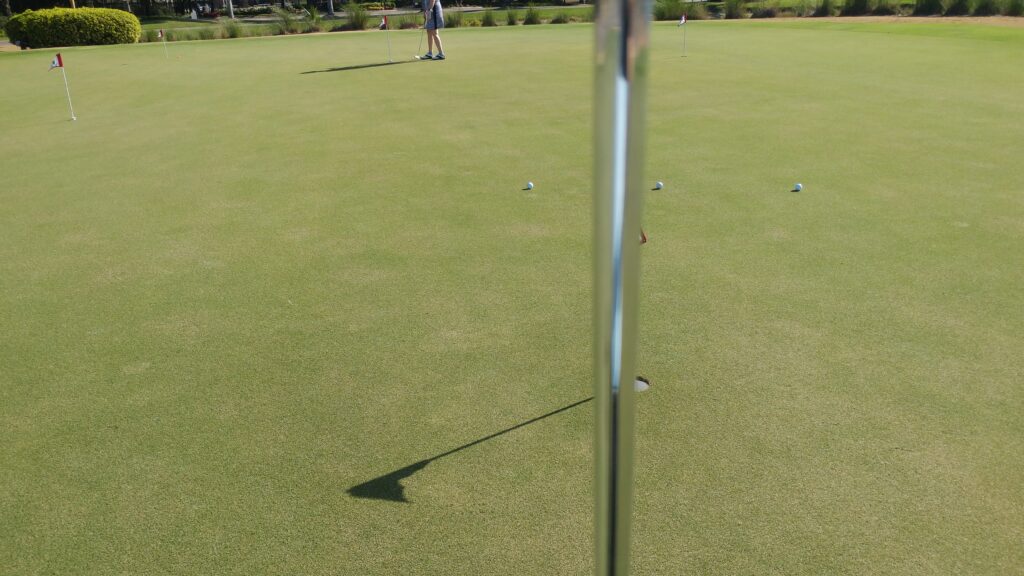I developed GOLFSTR+ to help me remember to keep my leading arm straight in my backswing. If you bend your arm in the backswing it will always be difficult to consistently swing down to the ball with the exact same arm length. A bent leading arm causes topped balls or fat hits or hits off the toe of your club.
You will never see Tiger Woods swing with a bent leading arm because he still has the flexibility for a full rotation with a straight leading arm in his backswing. He, like every other professional golfer, knows that his leading arm is HIS YARD STICK to his golf ball. He has a straight leading arm in his setup and again at impact and that gives him a consistent impact with the ball.
Driving distance champions have longer backswing but hit a low percentage on the fairway. Accuracy with a limited backswing must be a critical solution for your game.
Aging Bodies Lose Flexibility
What are aging bodies supposed to do when they can’t create a backswing like Tiger and all of the other pros. Bending your elbow will often result in a swing over the top causing a sliced shot or hits off the toe of your club. If you eliminate the top of your bent arm backswing, you can also eliminate premature casting at the top.
3 Solutions to Keep Your Leading Arm Straight.
1/ Lift your leading heel slightly to allow for more rotation of your hips without shifting your body back. Jack Nicklaus and many other pros did this. Why can’t you?
2/ LIMIT YOUR BACKSWING to the point where your leading arm is NOT BENT and your FLAT LEADING WRIST is cocked for lag. Your power comes from the weight transfer to your leading hip but even more important the release of your wrist lag at the bottom of your swing.
NOTE: Even the pros normally complete a backswing with their leading straight arm just above horizontal when hitting irons. YOU DON’T NEED A JOHN DALY BACKSWING for you irons or your driver.
3/ Train your mind to limit your backswing using GOLFSTR+. Wear it while you play 18 holes to train your mind to limit your swing. [Unfortunately, it’s not legal to wear during a competition.]



